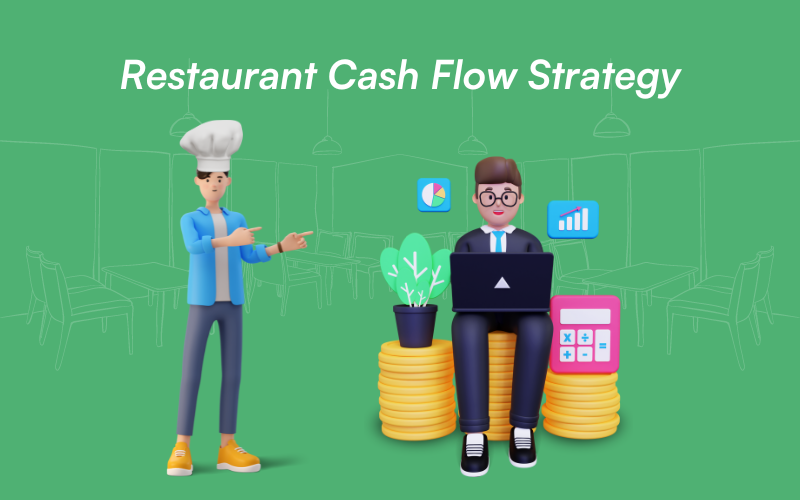What Is cash flow strategies for restaurant?
Cash flow is the amount of cash moving into and out of a business. You’ll also want to know operating cash flow, which is the amount of cash that your restaurant’s daily operations generate. This measure points to whether a company can generate enough positive cash flow to stay afloat and grow the business.
Calculating a restaurant’s income is simple – look at your food sales from customers. Unfortunately, there are a host of items to consider when adding up the sources of a restaurant’s expenses.
How to Calculate Your Restaurant Cash Flow?
Calculating your restaurant cash flow is rather simple. Generally, your total cash flow for a period equals your cash inflows minus your cash outflows.
For example, the cash received from food, beverage and merchandise sales, from catering a party, from disposing of a refrigerator and from a small-business loan. You can easily calculate your total cash inflows by adding each of these items. This helps in restaurant cash flow strategies management in an effective manner.
5 effective cash flow strategies for restaurant management
Here are 5 effective cash flow strategies for restaurant management to ensure financial stability and growth:
1.Track your cash flow regularly
One of the first steps to managing your cash flow is to monitor it closely and regularly. You need to know how much money you have on hand, how much you expect to receive from customers, and how much you owe to suppliers, employees, and other creditors. You can use a simple spreadsheet or a more sophisticated accounting software to track your cash flow, but the important thing is to update it frequently and review it often. This way, you can identify any potential problems or opportunities and take action accordingly.
2.Reduce your expenses
Another way to improve your cash flow is to reduce your expenses as much as possible. This means finding ways to cut costs without compromising the quality of your food, service, or customer experience. For example, you can negotiate better deals with your vendors, optimize your inventory and ordering processes, reduce waste and spoilage, switch to energy-efficient appliances and lighting, and automate some of your administrative tasks. You can also review your fixed costs, such as rent, utilities, insurance, and taxes, and see if you can lower them or defer them temporarily.
3.Increase your revenue
Of course, the best way to boost your cash flow is to increase your revenue. This means attracting more customers, increasing your average check size, and generating repeat business. You can use various marketing strategies, such as offering discounts, coupons, loyalty programs, gift cards, online ordering, delivery, catering, or special events, to entice new and existing customers to spend more at your restaurant. You can also diversify your revenue streams by adding new products or services, such as merchandise, subscriptions, memberships, or consulting.
4.Manage your payables
Payables are the money that you owe to your suppliers, employees, or other creditors. You want to minimize the time between when you provide your service and when you get paid, and maximize the time between when you receive your goods and when you pay for them. You can do this by offering incentives for early or upfront payments, enforcing payment terms and policies, sending reminders and follow-ups, and using electronic payment methods. You can also negotiate longer payment terms, discounts, or flexible arrangements with your vendors and creditors.
5. Plan for contingencies
Finally, you need to plan for contingencies and emergencies that may affect your cash flow. These could include seasonal fluctuations, unexpected repairs, natural disasters, pandemics, or legal issues. You should have a cash reserve or an emergency fund that can cover at least three to six months of your operating expenses. You should also have access to alternative sources of funding, such as loans, lines of credit, grants, or crowdfunding, in case you need to bridge a cash flow gap or seize an opportunity. You should also review and update your business plan, budget, and forecast regularly, and adjust your cash flow projections accordingly.
Conclusion: At Paperwork e-Accounting, we specialize cash flow strategies for restaurant management and achieve their financial goals. Contact us today to learn how we can help you maximize cash flow and drive success in your restaurant business.





Very interesting points you have observed, thanks for putting up.Raise range